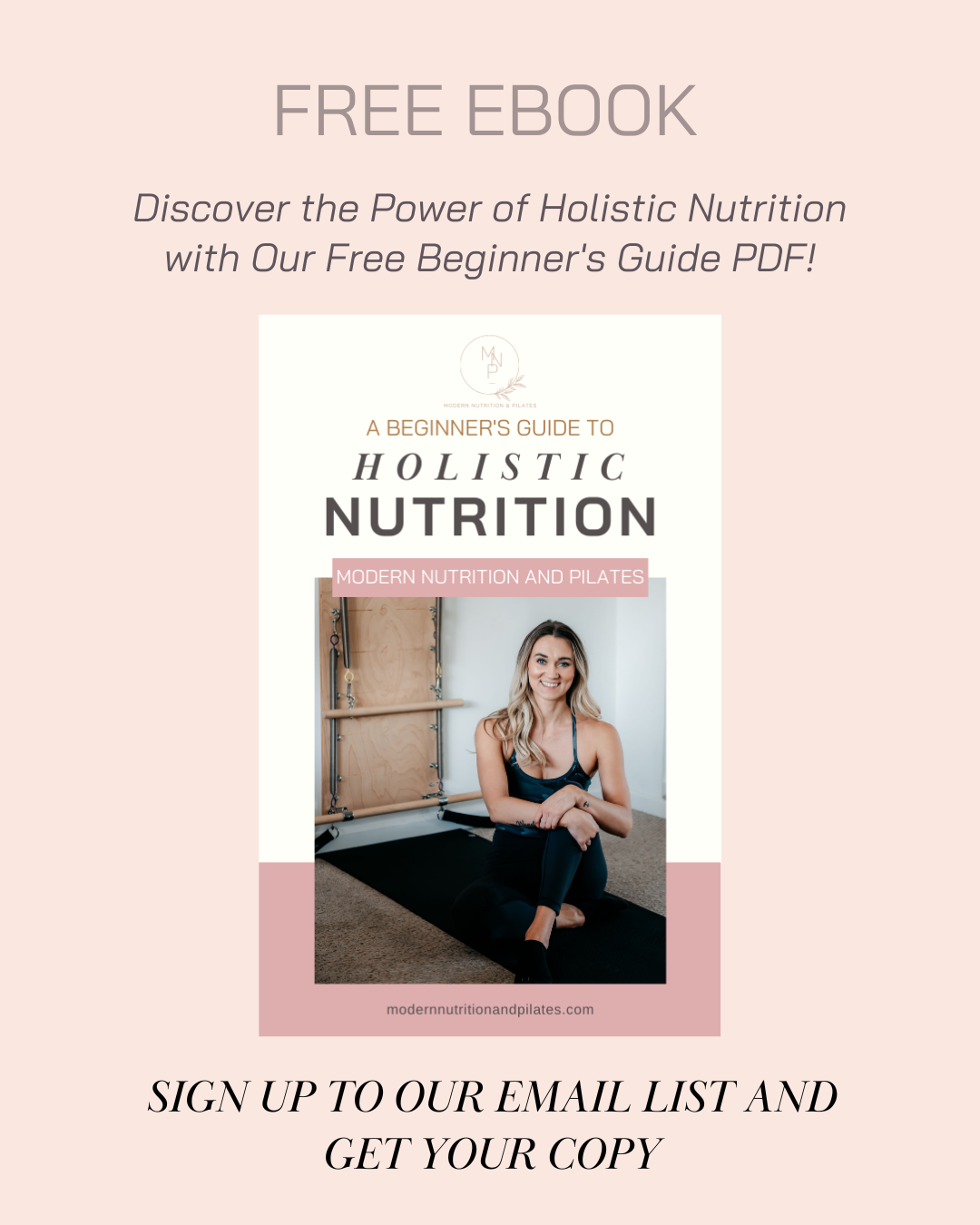Do you ever feel like there's just too much conflicting information about healthy eating?
You want to feel your best, have more energy, and reach your health goals, but deciphering all the diets and fads can be overwhelming.
Struggling with cravings and low energy?
Confused by all the different dietary advice?
Wishing for a clear and simple approach to healthy eating?
If you answered yes to any of these, then you're in the right place! This blogpost is designed for beginners who want to ditch the confusion and embrace healthy eating for a better you.
Guidelines for Eating for Health®
1. Eat more fresh, organic, locally grown, and seasonal foods.
2. Approximately ½ cup (4 ounces) of purified water should be consumed every hour of the day. Calculate how much water you'll need overall by dividing your weight in half and drinking that many ounces (more if you exercise regularly, less if you consume a lot of fresh vegetables and fruits).
3. Choose foods free of artificial ingredients by reading labels.
4. Reduce consumption of white flour products, artificial and refined sugars, trans fats, added hormones, preservatives, colors, and antibiotics.
5. Vary your intake of carbohydrates, fats, and proteins.
6. Consume 0.8 grams of protein or more per kilogram (2.2 pounds) of normal body weight.
7. Consume protein by 10 a.m. and 1-3 times more during the day.
8. Eat protein to reduce your desire for sugar.
9. Limit your intake of caffeine to no more than 200 mg (1 cup black tea, 3 cups green tea, and up to 2 cups coffee).
10. Eat a balanced diet that includes fats that are polyunsaturated (nuts, seeds, grains), saturated (dairy, meats, coconut), and monounsaturated (olives, olive oil, avocados).
11. Reduce the amount of gluten-containing grains (barley, rye, and wheat) to prevent inflammation and upset stomach.
12. Eat more of the easily digestible and mineral-rich gluten-free grains (rice, corn, millet, quinoa, buckwheat, and amaranth).
13. To get plenty of minerals, eat more green (like kale), crisp (like broccoli), and starchy (like yam) veggies.
14. For a pH-balanced diet, consume three servings of veggies to one serving of protein.
15. Consume additional proteins, fats, seaweed, and warming spices like cayenne and ginger if your body temperature is low.
16. Consume extra cooling foods including fruits, vegetables, green herbal teas, and spices like rooibos, mint, rosemary, and lemongrass if your body temperature is warm.
17. Choose a diet plan based on your metabolic tendency: Calorie-restricted Building or Balancing for a sluggish metabolism; Building for a fast metabolism; and Balanced for a metabolism that is neither fast nor slow. Everyone should occasionally cleanse.
18. Include foods that work as boosters (Boosters Foods) in the diet to improve detoxification, vitality, and anti-inflammatory properties.
19. Adopt a seasonally based, simpler diet or fasting regimen that includes gut cleaning and more frequent spiritual practice.
20. Savor your meal while allowing others to dine in silence.
By incorporating these tips into your routine, you'll be well on your way to a healthier, more vibrant lifestyle. Remember, healthy eating is an on-going process, not a destination. Be patient with yourself, celebrate your progress, and don't be afraid to experiment and find what works best for your body.
So, take a deep breath, grab a reusable water bottle (we'll get to that!), and get ready to embark on a delicious and rewarding adventure in healthy eating! With a little planning and these simple guidelines, you'll be surprised at how easy it is to feel your best from the inside out.


